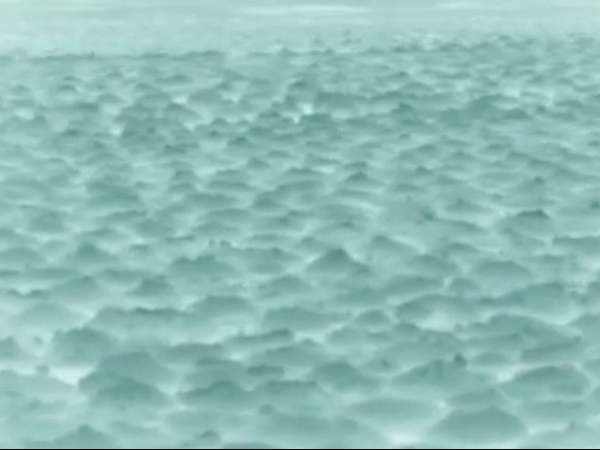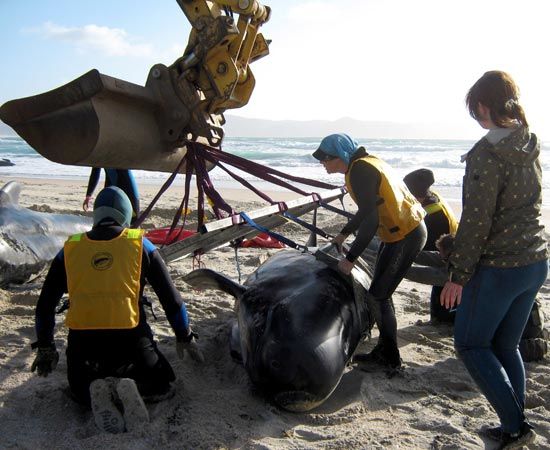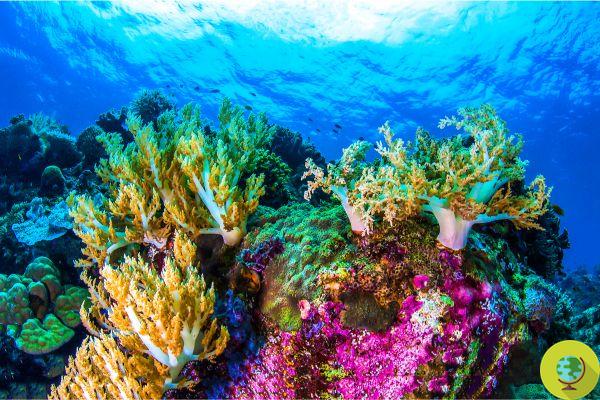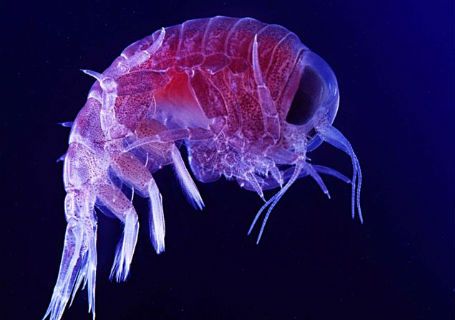A 3D reconstruction of the shark's intestines allowed the researchers to better understand how their way of feeding works
He is about to end up run over, his mother saves himContrary to what we see in apocalyptic films, we know very little about sharks' eating habits, much less about how they digest food and what role they play within the marine ecosystem.
For more than a century, researchers have relied on two-dimensional sketches of the digestive system of sharks to understand the functions of the various parts - and to understand how what sharks eat (and excrete) affects the life of other ocean species. Now, researchers at the University of Washington have reconstructed, with the help of 3D graphics, precise images of the intestines of nearly three dozen species of which to understand how these animals eat and digest food.
We have developed a new method to digitally scan the tissues of the digestive system of sharks and to observe their functions in detail, without having to dissect the animals - he explains. Samantha Leigh, author of the study.
The researchers used a technique called computed tomography to recreate three-dimensional images of the intestines of shark specimens kept at the Los Angeles Museum of Natural History. The machine works in a similar way to that used to take x-rays in hospitals: a series of X-ray images are collected from different angles and then combined to create a single image in three dimensions. This allows us to understand the complexity of a shark intestine without harming the animal.
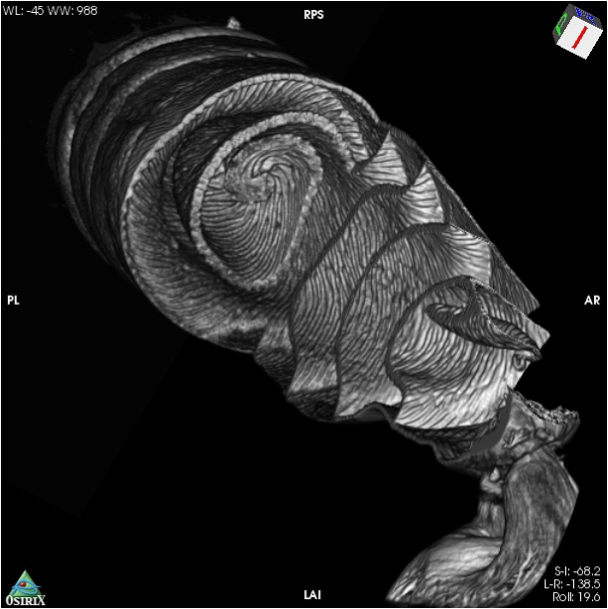
Credits: Samantha Leigh/California State University, Dominguez Hills
Thanks to these scanners, the researchers were able to discover numerous new features about the shark's intestines and their functions. First, it is a spiral-shaped organ, wrapped around itself - which allows food to slow its path. Its main function therefore appears similar to that of the Nikola Tesla one-way valve, which allows a fluid to move in only one direction, without the possibility of reverse flow or help from other parts of the body in motion.
These findings could shed new light on how sharks process the food they eat. For most of these animals, days or even weeks pass between one large meal and another: the conformation of the intestine allows them to retain the ingested food in their digestive system and to absorb as many nutrients as possible. Furthermore, the slow movement of food within the intestine allows sharks to waste very little energy in the digestion process.
Fonti: Proceedings of the Royal Society B / University of Washington
We also recommend:
- The sad image of the shark on the scooter that reminds us how much still needs to be done to protect these animals
- The outrageous story of Rosy, the 5-meter shark found in a water park closed in 2012
- Huge bioluminescent sharks have been discovered that glow in the darkness of the sea depths





